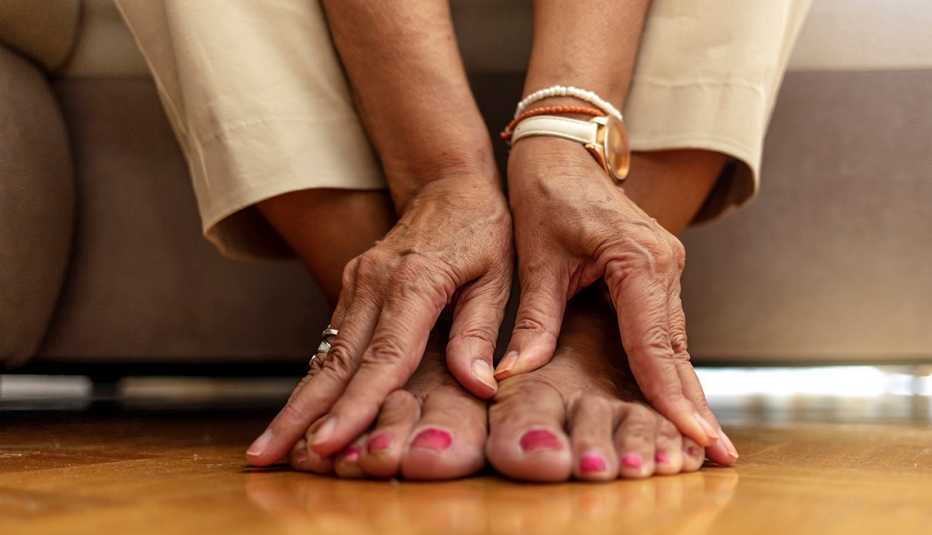Blog & Events
10 Things Your Toes Could Say About Your Health
You probably don’t think of your toes much unless someone steps on them. But your toes and toenails can tell you a lot about your…
Read MoreHot Weather Safety for Older Adults
Too much heat is not safe for anyone. It is even riskier if you are older or have health problems. It is important to be…
Read More9 Home Remedies for Knee Pain
As you may be painfully aware, knee pain is very common. Global estimates suggest that more than 1 in 5 adults age 40 and over…
Read MoreWhy Friends Are Good for Your Health and Well-Being
When her father died, Margarite Avendano found herself “a little bit alone” after tending to him full time as his health declined. As a caretaker,…
Read MoreDoes Alcohol Raise Blood Pressure?
Talk about taking some of the “happy” out of happy hour. Experts have known for a while that heavy drinking — meaning eight or more…
Read More6 Common Blood Pressure Myths, Debunked
Nearly half of all U.S. adults and more than 60 percent of those over the age of 60 have high blood pressure, putting them at increased…
Read More







